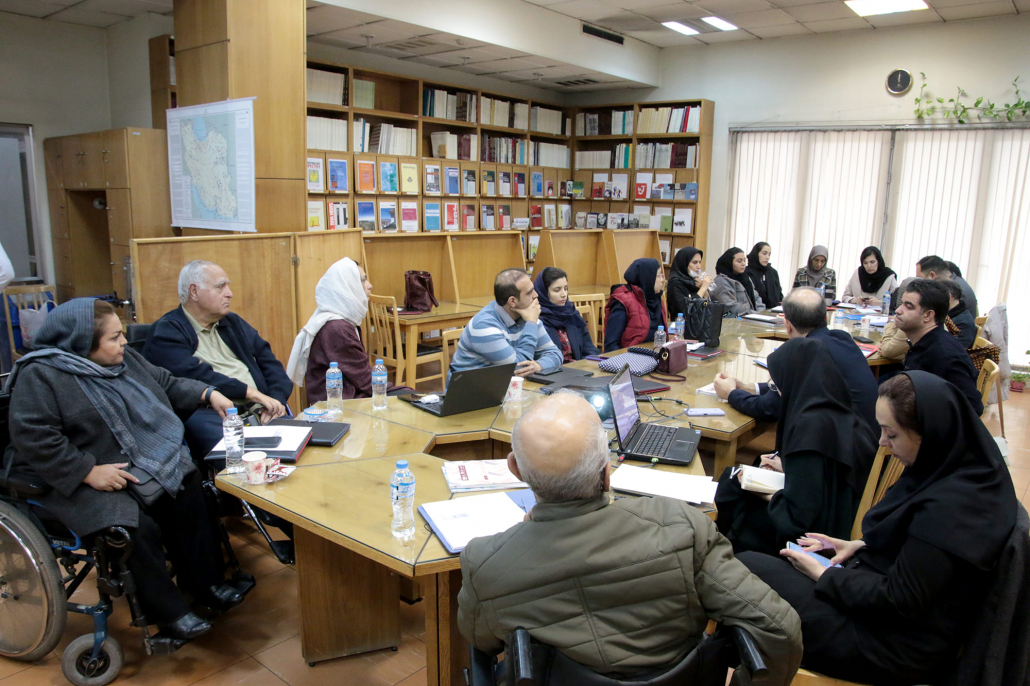The first “Regional Workshop on Developing Earthquake Risk Management Master Plans based on Challenges Observed in Recent Earthquakes in West and Central Asia” was successfully formulated and organized by RCECWA in collaboration with IIEES and UNESCO from 4th to 6th of December 2023 in Tehran, with participation of more than 20 experts from different countries. The main purpose of this workshop was to exchange of knowledge and practices on earthquake risk management master plans and to discuss about needs, gaps and capacities for disaster risk reduction and management (DRRM), based on the local to regional conditions, considering the impacts of recent earthquakes occurred in the region. For this purpose, the representatives of relevant institutions from different countries located in West and Central Asia were invited to Tehran for participating in this three days’ workshop to address the following topics:
- To define the main needs and gaps on DRRM in the region, based on the challenges observed in the recent earthquakes;
- To identify thematic areas of action and programming support to be provided by RCECWA on DRRM;
- To strengthen partnerships and resource mobilization strategies among the countries in this region to be used for formulation of the road map and action plan of RCECWA.
The workshop was conducted through a hybrid format – a combination of face-to-face and virtual platforms. The participants of the meeting were selected amongst relevant institutions on DRRM, representatives of academic and research institutions, UNESCO partners and other relevant organizations. Accordingly, the representative of Afghanistan, Armenia, Iran, Lebanon, Pakistan, Syria and Turkey were attended to the workshop in person, and some experts from Japan, Germany, Italy and France were participated virtually. In this workshop, different topics on disaster management master plans, including earthquake risk assessment, risk reduction, preparedness, response, recovery and reconstruction were addressed and discussed by speakers and participants.
The results of this meeting depicted many needs and gaps to be addressed in DRRM in the region to be considered for formulating the roadmap of the Center for the coming years, and to draw out recommendations on the way forward. In addition, some areas of collaboration among the countries located in West and Central Asia were presented and discussed to be following up in the coming year.














































